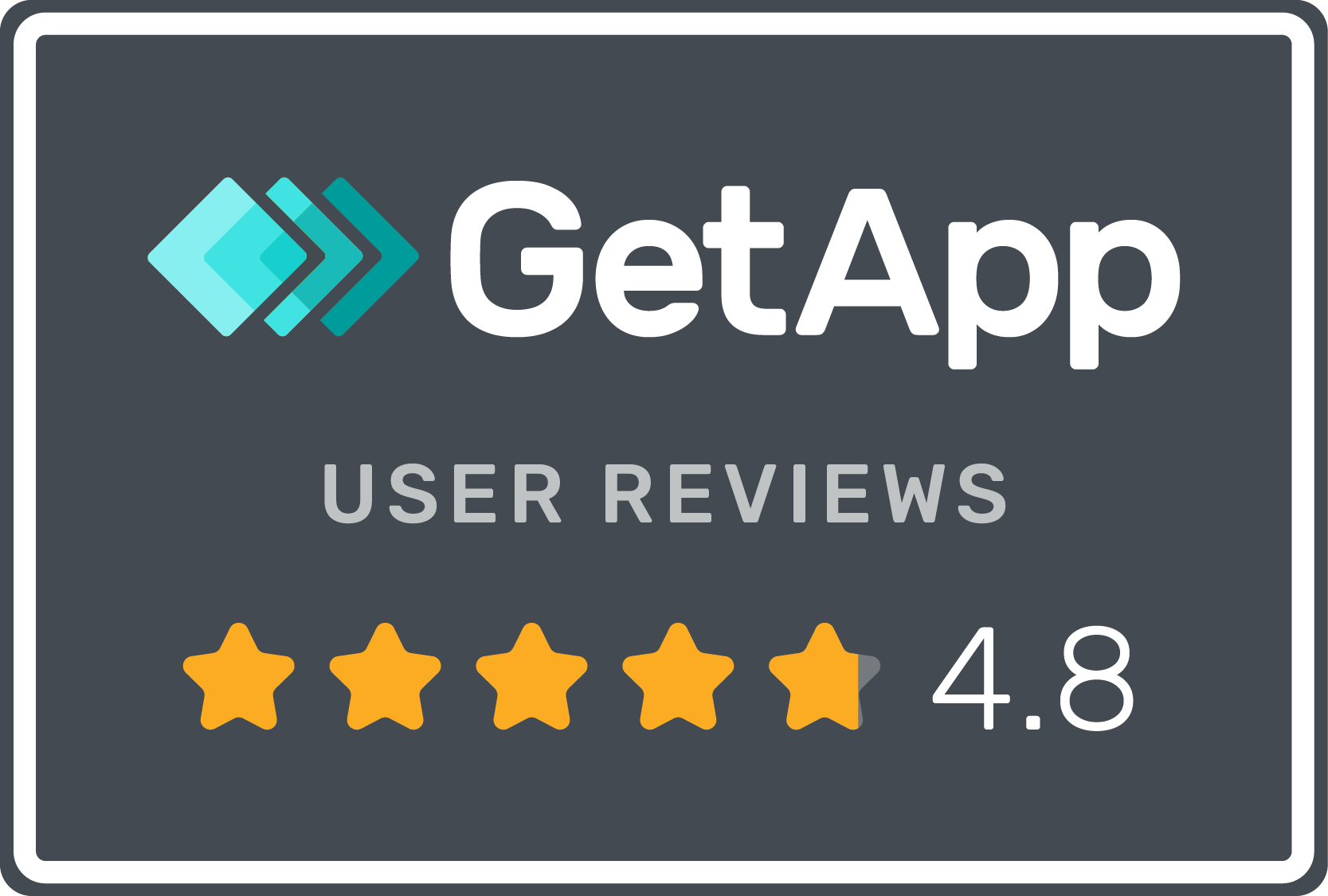How to Use Data Analysis to Grow Your Digital Brand

As the world becomes increasingly digital, the importance of building and maintaining a strong digital brand has become essential for businesses of all sizes. A digital brand is essentially the online presence of your business, and it encompasses everything from your website and social media profiles to your online reputation and customer reviews.
Data analysis can be an incredibly powerful tool for growing your digital brand, as it allows you to gain insights into your target audience, monitor your online reputation, and track your progress over time.
In this post, we’ll explore some of the ways that you can use data analysis to build and strengthen your digital brand.
1. Conduct market research to understand your target audience
One of the key benefits of data analysis is that it allows you to gain a deep understanding of your target audience. By collecting and analyzing data on your customers’ demographics, behavior, and preferences, you can identify patterns and trends that will help you tailor your digital brand to their needs.
“By collecting and analyzing data on your customers’ demographics, behavior, and preferences, you can identify patterns and trends that will help you tailor your digital brand to their needs”.
For example, if you run an e-commerce store that sells clothing, you might use data analysis to identify which types of clothing are most popular among your target audience, which marketing channels are most effective in reaching them, and what factors influence their purchasing decisions.
There are many tools and platforms available that can help you collect and analyze data on your target audience. Google Analytics is one popular option for tracking website traffic and user behavior, while social media analytics tools like Sprout Social and Hootsuite can provide insights into your followers’ engagement and demographics.
2. Monitor your online reputation
Your online reputation can have a major impact on your digital brand. Positive reviews and customer feedback can help build trust and credibility, while negative reviews and comments can damage your brand’s reputation and discourage potential customers from doing business with you.
Data analysis can be used to monitor your online reputation and identify any issues or negative feedback that needs to be addressed. Social listening tools like Mention and Brand24 can help you track mentions of your brand across social media, blogs, and forums, while review monitoring tools like ReviewTrackers and Yotpo can help you keep track of customer reviews and ratings.
By monitoring your online reputation and responding promptly to any negative feedback or complaints, you can demonstrate your commitment to customer service and build trust with your audience.
3. Track your digital marketing efforts
Digital marketing is a key component of building a strong digital brand. By using data analysis to track your marketing efforts, you can identify which channels and tactics are most effective in reaching your target audience and driving conversions.
For example, you might use Google Analytics or Plausible Analytics to track the performance of your website and identify which pages are most popular, which traffic sources are driving the most conversions, and which keywords are most effective in driving organic search traffic. Similarly, social media analytics tools can provide insights into which posts and campaigns are driving engagement and conversions on your social media profiles.

(Fig: Example view from Plausible analytics)
And specialized DAM and Brand Management Systems, like Brandkit also provide web and content analytics tools to track popularity and usage of content assets by your internal teams (e.g. marketing, sales, HR) and external partners (Resellers, Customers, Trade Partners, etc).
By tracking your digital marketing efforts and adjusting your strategies based on the data, you can optimize your marketing campaigns for maximum impact and ROI.
4. Use data analysis to identify trends and opportunities
Finally, data analysis can be used to identify trends and opportunities that can help you grow your digital brand. By analyzing data from your website, social media profiles, and other digital channels, you can identify patterns and trends in your audience’s behavior and preferences.
For example, you might notice that certain types of content or products are more popular among your audience, or that certain marketing channels are more effective in driving conversions. By identifying these trends and opportunities, you can adjust your digital brand strategy to capitalize on them and maximize your growth potential.
Another example, is to review the content your internal teams (sales, marketing, etc), and your external trade partners, journalists, etc are searching for and downloading from your Digital Asset Management or DAM system. Which content is most popular?, Are there searches being run with no results?, what content is missing? Brandkit for example help you identify those trends and patterns with both web and content analytics dashboards.
Conclusion
Building a strong digital brand is essential in today’s digital age, and data analysis can be a powerful tool for growing and strengthening your digital brand. By conducting market research, monitoring your online reputation, tracking your digital marketing efforts, and identifying trends and opportunities, you can gain a deeper understanding of your target audience, optimize your marketing strategies, and maximize your growth potential.
To get started with data analysis for your digital brand, consider investing in tools and platforms that can help you collect and analyze data, such as web analytics tools, social media analytics tools, and review monitoring tools. With the right data and insights, you can build a digital brand that resonates with your target audience and sets you apart from the competition.
Happy (digital) branding 🙏
How to Use Data Analysis to Grow Your Digital Brand
Data analysis can be an incredibly powerful tool for growing your digital brand. Learn how to use data analysis to build and strengthen your digital brand.


